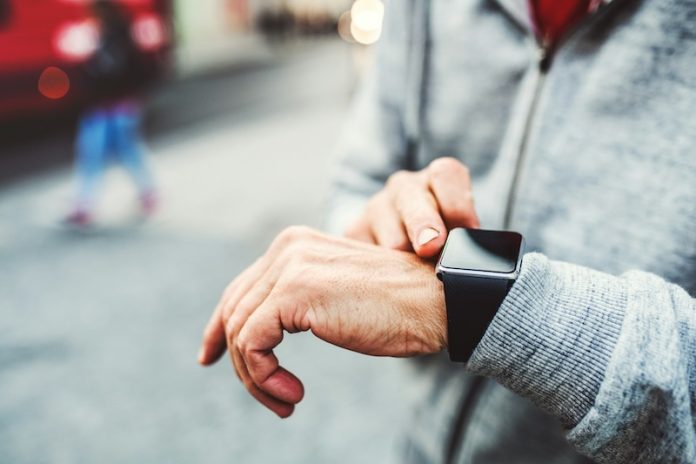
As we age, staying upright and maintaining good posture becomes more challenging due to a combination of weakening muscles, changes in vision, and alterations in how our bodies process sensory information.
Unfortunately, this increases the risk of falls and injuries, with about 40% of older adults experiencing falls each year.
For a long time, experts have known that specific exercises focused on postural control can help prevent these falls. These exercises train people to adjust their posture quickly in response to sudden changes, such as an unexpected nudge.
However, the equipment needed for this kind of training is usually bulky, expensive, and complicated, making it hard for most people to access outside of a clinical setting.
Fortunately, a recent study in the IEEE Journal of Translational Engineering in Health and Medicine offers a promising solution.
Assistant Professor Masataka Yamamoto and his team from Tokyo University of Science have developed a wearable balance exercise device (WBED) that could revolutionize fall prevention.
What is the WBED?
The WBED is a device that you wear like suspenders. It uses two artificial muscles to gently push you from side to side, helping your body learn to react to these small disturbances without falling over. The device is lightweight, portable, and easy to use, making it suitable for use at home or in therapy sessions.
Testing the WBED
The researchers tested the WBED on 18 healthy men, dividing them into two groups. One group trained with the real device, while the other used a dummy version that didn’t do much. The researchers assessed the participants’ balance before and after the training.
The results were clear: the men who trained with the WBED improved their ability to stay steady when pushed unexpectedly. This indicates that the device effectively enhances balance and postural control.
Why It Matters
For older adults and people undergoing physical therapy, the WBED could be a game-changer. Regular use of the device can help them maintain better balance, reducing the risk of falls and associated injuries. Its ease of use at home makes daily balance exercises more practical and accessible.
While the WBED is a fantastic tool for helping seniors avoid falls, it also has potential in the sports world. Athletes who need excellent balance and coordination could benefit from incorporating it into their training routines.
Looking Ahead
The development of the WBED is an exciting step forward in helping older adults stay independent and safe from falls. As the global population ages, especially in countries like Japan, technologies like this are vital for improving the quality of life and health outcomes for the elderly.
This device not only promises a brighter future for senior health and rehabilitation but also opens new opportunities in sports training and beyond.
The WBED represents a significant advancement in the ongoing effort to enhance balance and prevent falls, making a positive impact on the lives of many.
If you care about pain, please read studies about vitamin K deficiency linked to hip fractures in old people, and these vitamins could help reduce bone fracture risk.
For more information about wellness, please see recent studies that Krill oil could improve muscle health in older people, and eating yogurt linked to lower frailty in older people.
Copyright © 2024 Knowridge Science Report. All rights reserved.



